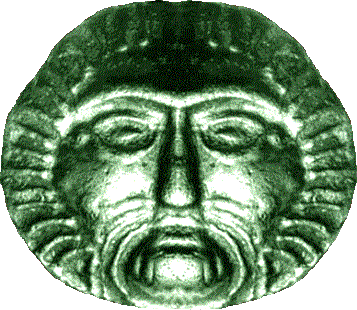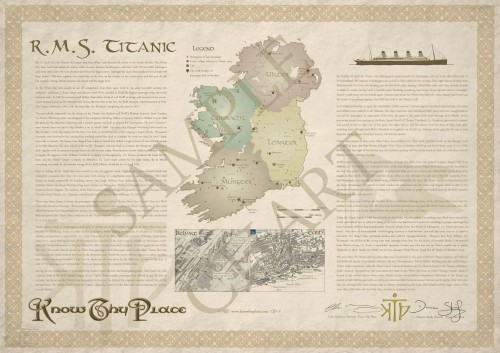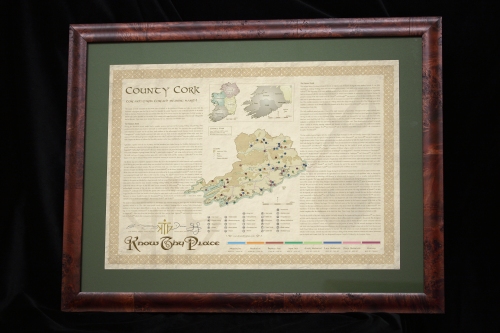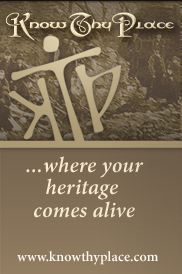The Easter 1916 Rising in Ireland saw groups such as the Irish Volunteers and Irish Citizen Army take up arms in an effort to secure a republic. Although the majority of participants were Irish, some had come from further afield to throw in their lot with the insurgents. Many men from England and Scotland travelled to join the volunteers in Dublin. Surely the most unusual were two seamen who just happened to be in the capital when the Rising erupted. These two ‘Irish rebels’ were unusual because of where they were from- Sweden and Finland.

The General Post Office, Dublin (Image via Wikipedia)
Volunteer Captain Liam Tannam was in charge of some of the ground floor windows at the General Post Office, which had been taken over during the Rising. On Monday afternoon one of his men called him over to one of the barricaded windows:
‘…there were two strange looking men outside and I went to the window and I saw two obviously foreign men. Judging by the appearance of their faces I took them to be seamen. I asked what they wanted. The smaller of the two spoke. He said: “I am from Sweden, my friend from Finland. We want to fight. May we come in?” I asked him why a Swede and Finn would want to fight against the British. I asked him how he had arrived. He said he had come in on a ship, they were part of a crew, that his friend, the Finn had no English and that he would explain.
So I said: “Tell me why you want to come in here and fight against England.” He said: “Finland, a small country, Russia eat her up.” Then he said: “Sweden, another small country, Russia eat her up too.” “Russia with the British, therefore, we against.” I said: “Can you fight. Do you know how to use a weapon?” He said: “I can use a rifle. My friend- no. He can use what you shoot fowl with.” I said: “A shotgun.” I decided to admit them. I took them in and got the Swede a rifle, the Finn a shotgun. I put them at my own windows.
So it was that a Swede and Finn became part of the garrison of the GPO in 1916. However, the Finn’s inexperience with firearms quickly told. Everyone stood too when an alarm was raised at the barricades. The crisis passed, but as the Finn stepped back from the window his shotgun banged off the floor and went off. The blast hit the ceiling and sent a shower of plaster down on the men manning the windows. One of the volunteers, Joe Plunkett, was unimpressed, and gave the Finn a piece of his mind. Tannam continues:
The Finn looked at him [Plunkett], looked at me, at everyone. Joe said: “Can you not talk, man?” The Swede spoke up and said: “No. He has no English.” “Who are you?”, Joe said. I intervened then and I explained to Joe. Joe looked at me and said: “Amazing, but obviously that man there is a danger,” pointing to the Finn. “We will have to get him another place out at the back of the Main Hall.”
According to volunteer Charles Donnelly the shotgun blast had actually wounded a man in the foot, and that James Connolly has said “The man who fires a shot like that will himself be shot.” It was decided that the Finn should go back from the barricade to help with the filling of fruit tins with explosives and pieces of metal. The Swede insisted he accompany his friend. Both men stayed for the week, and were there until the surrender. According to Tannam the Swedish Consul succeeded in getting the Swede home, but the Finn remained a prisoner for three weeks in Kilmainham Gaol. Apparently, despite the fact that the Finn was not a Catholic with no English, before he was released he was saying the rosary in Irish. Volunteer Robert Holland remembered the Finn in prison (he thought he was Swedish): “We also had for some weeks an unfortunate seaman, a Swede, who was picked up in O’Connell Street during Easter Week. He had endless trouble convincing them he was not an Irishman as he could not speak a word of English.”
According to Liam Tannam the Finn’s name was Tony Makapaltis, but that of the Swede was unrecorded. Their little known tale remains one of the most remarkable of Easter Week, 1916, when a Swede and Finn took up arms for an Irish republic and, in a somewhat convoluted way, against Russia.
References
Witness Statements of Liam Tannam, Charles Donnelly and Robert Holland.























